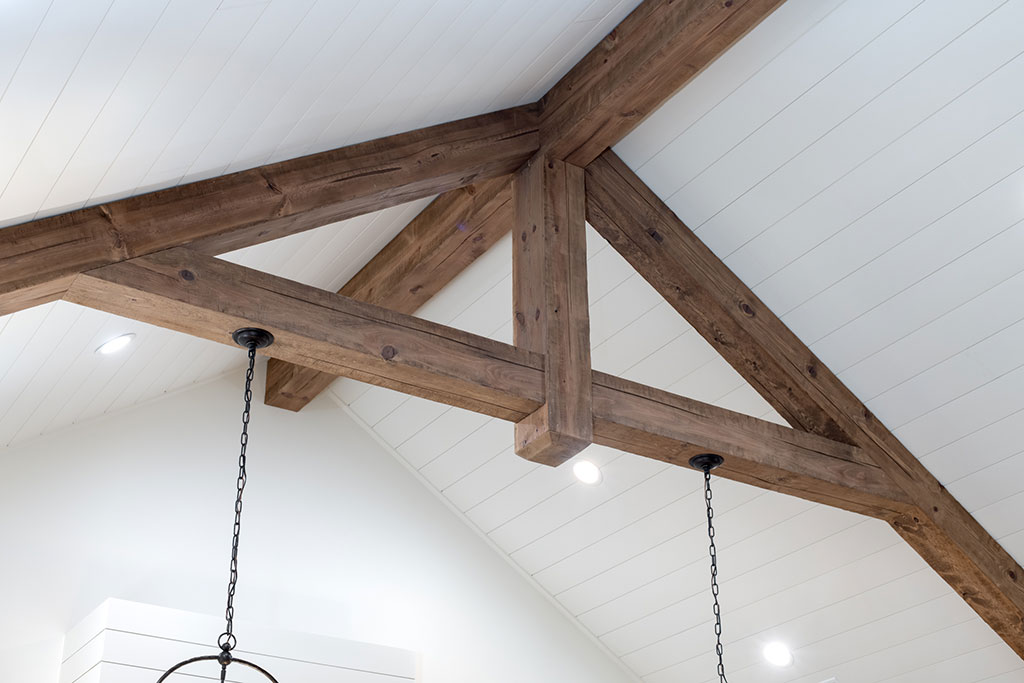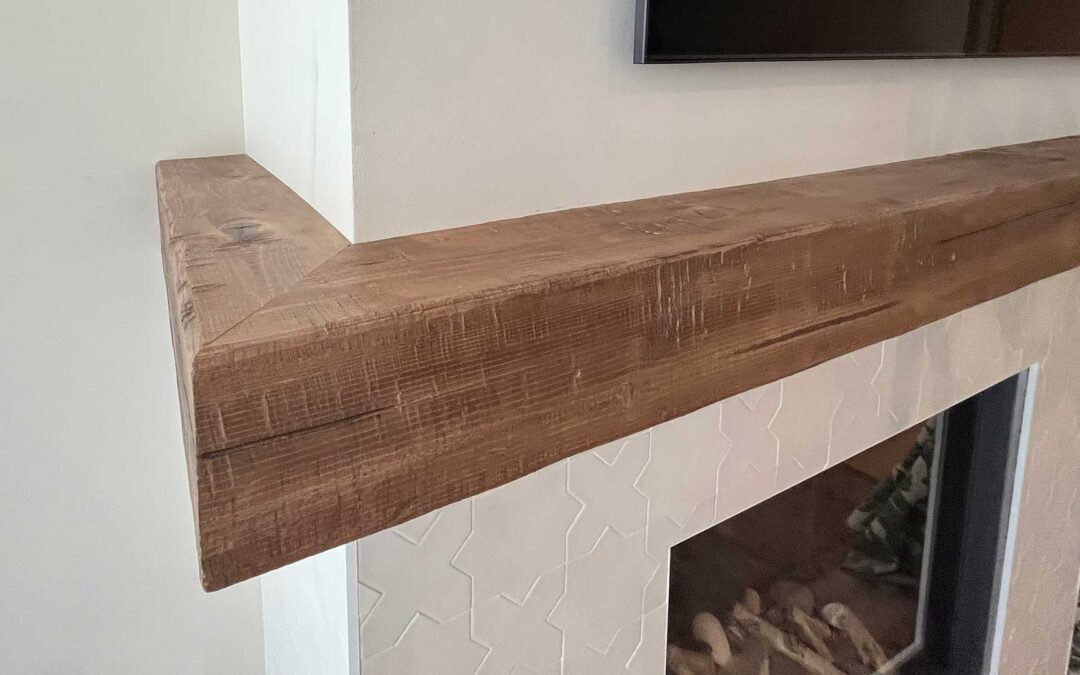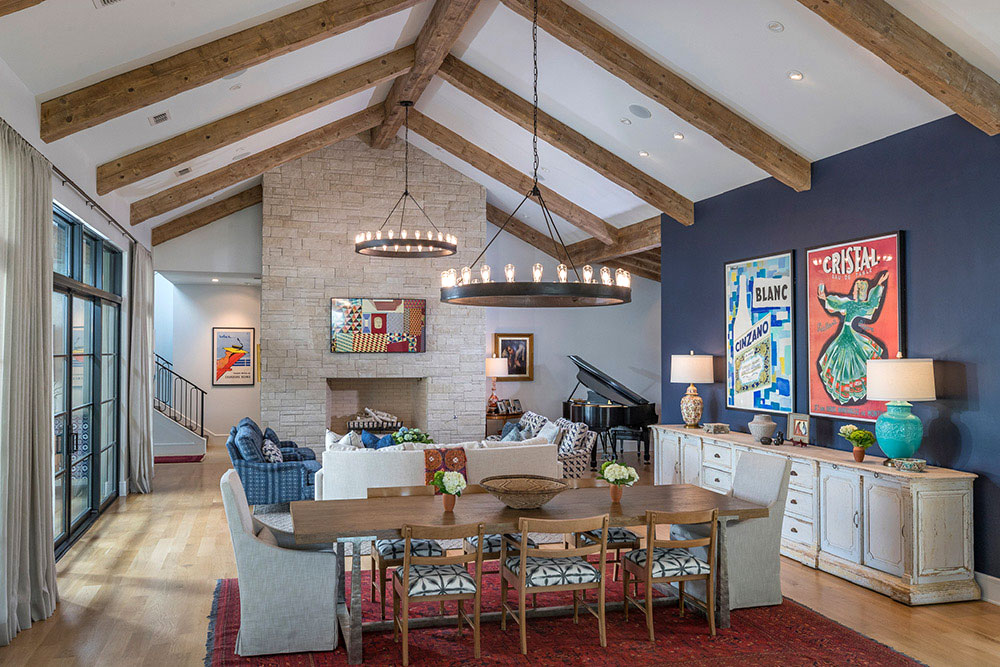The Origins of Wood Trusses
The use of wood trusses dates back to ancient times, initially serving fundamental structural purposes. Early civilizations, including the Romans, utilized trusses primarily for building expansive aqueducts and bridges, setting the foundation for future architectural innovations. During the medieval era, wood trusses became central to constructing vast roof spans of cathedrals and castles, combining functionality with elaborate craftsmanship to create awe-inspiring spaces.
These intricate designs were not only about support; they symbolized the artistry of carpenters, turning wood trusses into a form of expression that complemented the grandeur of medieval architecture.
The Evolution in Design and Application
Through the Renaissance and beyond, the design of trusses continued to evolve. The introduction of more ornate and visually appealing trusses matched the period’s aesthetic movements, enabling larger windows and more sophisticated roofing solutions. The Industrial Revolution introduced iron and steel into truss construction, but wood remained a favored material for its accessibility and superior thermal properties.
The 19th century innovation of balloon framing transformed residential construction by streamlining the assembly and installation of wood trusses, setting the stage for the modern applications we see today.
Decorative Wood Trusses in Modern Architecture
In contemporary settings, wood trusses often serve a decorative rather than structural role. Advanced manufacturing techniques allow for precise craftsmanship, which architects and designers leverage to enhance the aesthetic appeal of homes, commercial spaces, and public areas. Modern trusses can be intricately designed to reflect historical influences or sleek, contemporary lines that align with new-age architectural trends.
Decorative wood trusses are particularly prominent in high-ceilinged spaces such as great rooms, lofts, restaurants, and boutique retail stores. They add an element of visual interest and a touch of historical charm, all while maintaining modern design sensibilities. The flexibility in design ensures that each truss can be a unique artwork, specifically tailored to complement its environment.
The Environmental and Aesthetic Appeal
Choosing wood for decorative trusses also reflects a commitment to environmental sustainability. As a renewable resource, wood helps reduce the overall carbon footprint of building projects. Moreover, the warmth and natural texture of wood contribute to creating inviting and comfortable spaces, an essential aspect of modern architectural design.
The journey of wood trusses from their ancient structural origins to their current decorative applications illustrates their adaptability and enduring appeal. Today, these trusses combine the beauty of historic craftsmanship with contemporary style, meeting modern demands for both aesthetics and environmental consideration.
Looking for wood trusses?
Are you considering adding a distinctive architectural feature to your next project? At Green Valley Beams & Truss, we specialize in custom decorative trusses that encapsulate both beauty and historical craftsmanship tailored to modern tastes. Our team is dedicated to transforming your space with elegantly designed wood trusses that align with both traditional and contemporary aesthetics. Contact us today to explore our range of decorative trusses and find out how we can help you achieve the perfect blend of style and history in your architectural endeavors.




